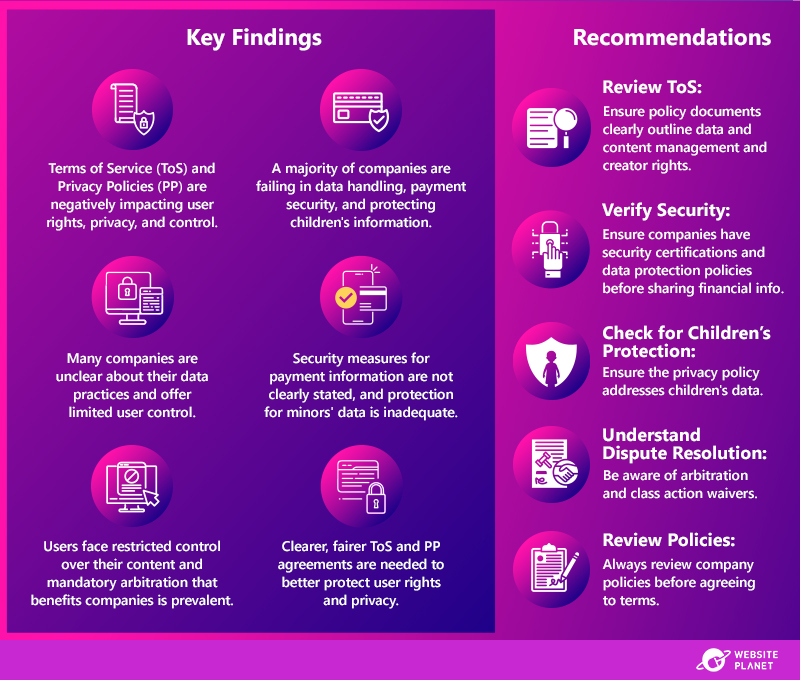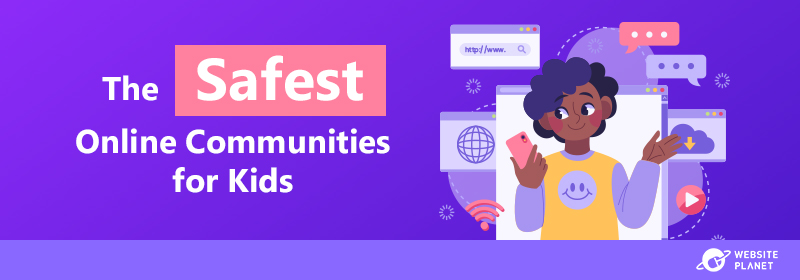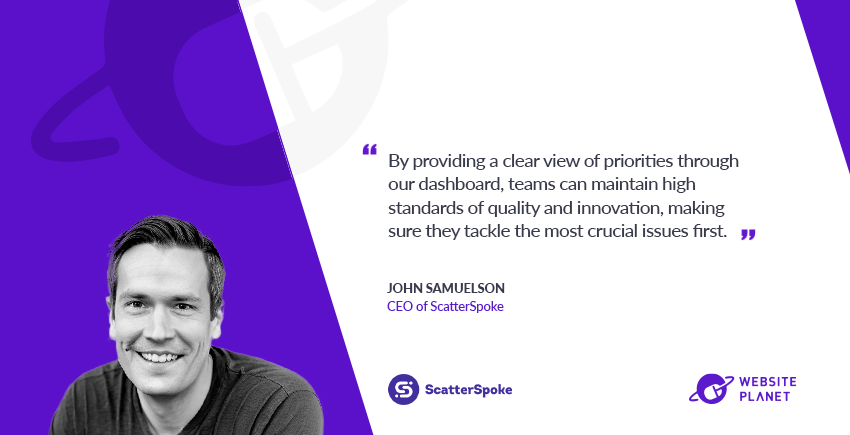Paper may seem outdated, but it’s a fact that direct mail continues to gain traction, as younger generations view it as something that isn’t necessarily junk mail, and the public also associates direct mail with a higher level of trust than traditional marketing methods.
In fact, research shows that the
benefits of email marketing increase exponentially if combined with direct mail, and you can reach as far as six times more sales than just email alone according to a recent study.
For example, by looking at how
PostcardMania has become an Inc. 500 marketing firm with over 350 staff, and how it was able to increase its revenue by 31% in 2021, it’s clear that direct mail marketing is alive and vital.
In this interview with Joy Gendusa, the Founder & CEO of PostcardMania, we will discover the story of their success, and look into the present as well as the future of direct mail marketing in the era if digital transformation.
What was the motivation for starting PostcardMania?
Back in 1998, I had a small graphic design firm, and I brokered printing for my customers. I decided to mail some postcards to advertise my services and one company was offering 5,000 postcards for $425, which was a STEAL back in the day! I was excited to receive my proof back from the printer until I realized this company put their own phone number on
my postcard! Not only did they place the number on the postcard without my permission, but it was a huge conflict of interest. Now my customers would see the printer’s phone number on the card and possibly call them instead of me.
I called this printer right away and kindly asked them to remove their phone number from my postcard. It took a bit of effort, but after going back and forth with customer service and the manager, they finally removed the number. However, they warned me that in the future, there would be a $50 removal fee!
At that moment, after hanging up the phone with them, I decided to start my own postcard marketing company — PostcardMania — and not put our phone number on clients’ cards and definitely not charge them for taking it off. At the time, I had a tiny team of 5 staff and I told everyone in the room exactly how I felt and what I wanted to do moving forward.
That simple customer service interaction changed my life massively. Sometimes the best ideas come from our own personal experiences and realizing we can do something someone else is already doing but so much better. We just need the courage and wherewithal to make it happen!
So that was the initial spark that started PostcardMania, but I would also say that a lot of the driving force behind this company that I started is helping small businesses. I believe that small businesses are the backbone of the American economy, so helping them grow benefits the local community and the entire country. In order to do that, we make our marketing campaigns easy, approachable, and affordable for every business owner. It feels very rewarding to accomplish this mission, and I’m happy to have a team of people who are just as passionate about this as I am!
What difficulties did you face during the early years?
In the beginning, we weren’t printing in-house yet, so we were looking for vendors who could print everything for us. The big mistake I made was blindly trusting a vendor. I had met a guy named Ray who told us he could print for us at a low price and deliver much better service. I already knew Ray; he was my sales rep at the printer we were outsourcing to, and he opened his own shop — so it wasn’t total blind trust.
We thought we had hit the jackpot. I was thinking, “This is great! I love saving money.”
So we carried on with business as usual and gave everything to Ray to print. He told us he’d have everything printed and back to us in 3 business days.
Well, 3 WEEKS later, the postcards still had not arrived and our clients were getting upset. We found out later that Ray’s printing press wasn’t even running and he had no immediate plans to fix it. He actually went fishing instead of dealing with the issue! I felt like the bait on his hook.
I learned a huge lesson to never have all my eggs in one basket. I should have had a backup and I should also have pulled the work faster than I did to get it done. I kept buying the lie: “You’ll have it tomorrow, I promise!”. It wasn’t a fun experience at the time, but today we laugh about it.
The other difficulty I faced was dealing with competitors and copycats. I was the first one-stop-shop postcard company that offered businesses everything they needed to carry out a postcard marketing campaign, from custom design to mailing lists, printing, and drop off at the post office.
But eventually, the industry changed.
Printers that were much bigger than me began to copy my business model and advertise directly to businesses like I did. Since they were larger, they also undercut me on price.
I became worried that PostcardMania would get stuck doing more work for less money in order to compete. To fight the commoditization, I had to reposition us as valuable and offer something different. To set myself apart, I addressed one of the main issues small businesses face when they purchase marketing — the fear that they are wasting their resources and are taking a gamble on marketing.
So I pivoted. We created a new position that was solely responsible for cataloging all our campaigns and their results so that we could share the success stories with customers and assure them they weren’t wasting their money on something that didn’t accomplish the bottom line — revenue.
We shared what worked with small business owners — regardless of whether they ever spent a dime with us — because there’s real value in eliminating that marketing fear factor. Even if they weren’t going to use my company, I still wanted them to market and grow the economy in their area.
This pivot changed our unique selling position (USP) from delivering affordable full-color postcards directly to small businesses to being a marketing company that specializes in PROVEN lead generation using direct mail. That’s what we’re all about, and it still delivers value nearly two decades later.
Today, we have an entire department dedicated to this end of gathering case studies and sharing them with prospects and clients alike. This still stands as our unique selling proposition and continues to distinguish us from our competitors.
Who is your typical customer, and what are the problems that your product solves for them?
Our typical customer is a small business owner who doesn’t know much about marketing and has tried different forms of advertising in the past with no real results. They might just be starting out, or have been in business for decades, and have relied on referrals. In either case, they need a consistent and reliable marketing plan that delivers leads and revenue in a reasonable time frame.
Many of our clients who have tried Facebook ads, radio, or other methods are often surprised by how fast they receive responses after a mailing. We even had one landscaper who said he was eating sushi at a restaurant on his mail drop date and received phone calls during his lunch! He made $7,000 after his first mailing!
Our direct mail marketing packages not only solve their issue of actually getting results, but also convenience and affordability. Oftentimes, these small businesses may have just a handful of employees and can’t hire a full-time marketing professional to manage their advertising. The owners also don’t have time to post on social media, plan marketing budgets, or manage a direct mail plan themselves, so we take all of that off their plates for them. Each of our clients has a dedicated marketing consultant and account manager who does all the hard work of planning and managing a campaign for them.
We also have so many different options available, so these small business owners can always find something within their price point. But, we usually find they spend more after that first test when they realize direct mail actually works!
Is direct mail marketing still effective in 2022?
Yes, direct mail is most definitely still effective…otherwise PostcardMania wouldn’t be where it is today — employing over 350 staff and serving more than 100,000 small businesses.
I said earlier that I created an entire department dedicated to gathering case studies from my clients and use that as my unique selling proposition. So today, after years and years of cataloging clients’ results, we have a library of hundreds of case studies across multiple industries that back up our claim that direct mail is an amazing lead generator.
Here is just one example out of many I’ve encountered: Our client, Central Park Dance Studio, needed to bring in new students, so they mailed 12,000 postcards to a mailing list that targeted single-family homes with children ages 2-17 who lived in a 6.5-mile radius around the studio. As a result, they gained 75 new students, which brought in $33,750 in revenue. And that doesn’t even factor in the lifetime value of these new students who could keep taking dance classes for years!
But honestly, the best part about employing direct mail marketing today is you can ingrain more high-tech elements into it. The latest advancement is that you can automate mailings based on specific triggers, like if an online shopper abandons their cart, if a website visitor browses for 30 seconds or longer, or if a customer hasn’t made a purchase in 6 months.
One client of ours, a roofing contractor, scored a new roofing job after sending just 57 of these automated postcards to website visitors who bounced from his site. That job was worth $10,000, and those postcards only cost around $1.50 each including postage, so he spent less than $100 before seeing a return. That’s an ROI of about 11,000%.
And trust me…automated direct mail is just going to get bigger. Automated or programmatic direct mail is responsive and creates a highly personalized customer experience at a very low cost of entry. Each of these triggered messages could cost $1.65 on the high end and $0.80 each on the low end, and that’s with postage included.
This technology is completely set-it-and-forget-it, and you can send as few or as many postcards as your budget allows. It’s very scalable. I think once more businesses catch on to how flexible, personalized and scalable this technology is, it will be huge.
What other marketing trends do you suggest to keep an eye on for the future?
The rising cost and shrinking ROI of online marketing compared to direct mail. For the past few decades, businesses have been led to believe that social media advertising is the most effective means to obtain leads, when in reality the upfront investment into digital ads is much higher today (and still rising!) than it was when social media was first emerging as a disruptor.
In 2021, many industries witnessed the price of digital ads increase 150%. Facebook’s end-of-year summary showed a 25% price-per-ad increase but there was only a 10% increase in impressions. Twitter, Google, and Snapchat reported disappointing numbers in quarter 3 of 2022 along with Meta (Facebook/Instagram). While the struggling economy has a part to play in these lows, professionals are catching onto the fact that these pricey digital ads are no longer delivering the same value.
Direct mail is still under-utilized in the marketing mix. The USPS has reported that marketing mail dropped in 2020 from the pandemic, and it still hasn’t returned to pre-pandemic levels, so there isn’t as much competition in the mailbox as there is online.
PostcardMania has the most technologically-savvy direct mail campaigns in the market, and studies show multi-channel marketing campaigns perform far better. So I anticipate what we are doing at PostcardMania to become more in-vogue as people catch onto this trend and start looking for more effective marketing channels.
What lies in store for PostcardMania?
We will actively introduce new technology to benefit small and medium-sized businesses. Large companies leverage some truly impressive applications that may prove too expensive for small businesses.
For example, we just launched our Website to Mailbox product where we can retarget anonymous website visitors with a postcard! I talked about this technology some above.
What makes it so effective for small businesses is that the technology can be deployed at a very small scale, sending just one postcard at a time, and the cost is incredibly affordable, as low as $0.80 per piece, and that includes everything: design, printing, technology, and delivery.
So continuing to level the playing field for small businesses, ensuring they have access to cutting-edge marketing technology that will really move the needle for their business and improve their bottom line for an affordable price — that’s what we’ll keep doing at PostcardMania for years to come.














